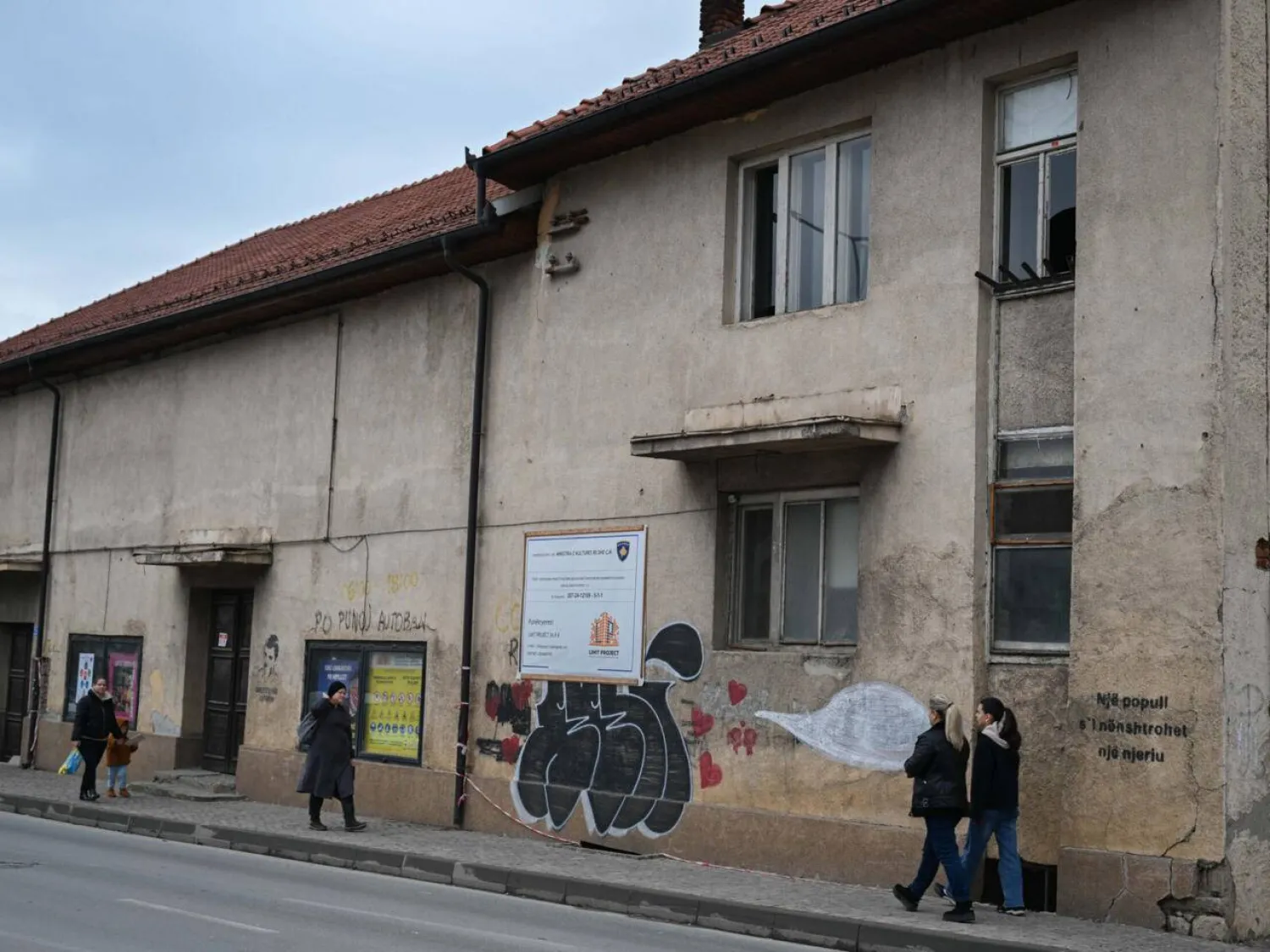A replica Viking ship has berthed in Montenegro's Adriatic port of Bar on a years-long trip through European waters inspired by the Norse seafarers who set out from Scandinavia to explore, trade and conquer a millennium ago.
The ship, Saga Farmann, is a full-size archaeological reconstruction of a 10th-century Viking cargo vessel, or knarr, made from oak and pine, which was found in Norway as early as 1893 but only excavated in the 1970s.
"This is the type of ship that would travel to Iceland, or Greenland, even North America," said Linda Sten Vagnes, one of the journey's leaders.
The trip, set to end in 2026, was originally planned to follow the Norwegian coast into the White Sea off northern Russia and the Volga River, but it was rerouted to follow the rivers of Europe from West to East.
"We had to the change the route because of the war (in Ukraine)," Sten Vagnes said.
The Viking age, spanning the 8th to 11th centuries AD, saw Norsemen journey from Scandinavia aboard timber longships to stage raids, trade and settle across a wide region, including North America, using their mastery of maritime technology.
The Saga Farman's journey, which started in 2023, was inspired by the sagas about Vikings who travelled to Constantinople, capital of the-then Byzantine empire.
It took years of hard work by enthusiasts, with the support of the governments of Denmark and Norway, to make an exact copy of a knarr. The vessel was launched in 2018, said Axel Hubert Persvik, a ship builder.
"It takes a long time because most of craft we do is by hand, ... it takes many hours to build it."
At the latest leg of the trip, the 21 meters (69 ft)-long and five meters (16 ft)-wide ship sailed from the Aegean Sea into the Adriatic, said Zander Simpson, the ship's captain.
"The next stage of the trip is around Italy, Sicily ... to stay in Rome this winter, before next year's stage which will take her up the Italian coast, the French Riviera ... to Paris."
In addition to sails and oars, the Saga Farmann has four electric motors to propel it upwind and upstream. More than three tons of batteries are stored onboard where they serve for propulsion and as ballast.









